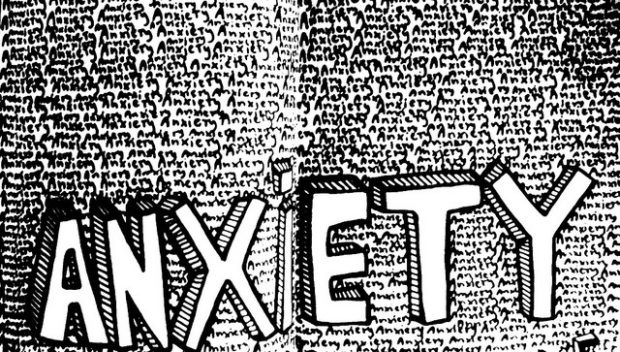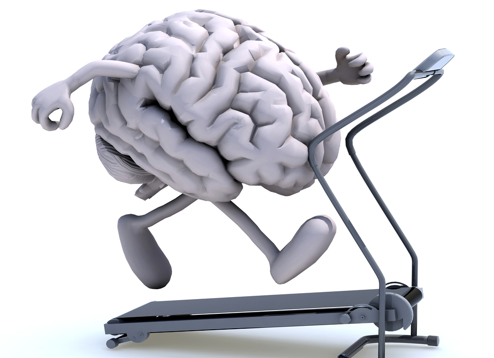Understanding Seasonal Affective Disorder (SAD) and How to Cope With It

As winter descends and daylight dwindles, many people find themselves grappling with a noticeable shift in mood and energy levels. For some, this goes beyond the typical winter blues and enters the realm of Seasonal Affective Disorder (SAD). In this guide, we aim to shed light on what SAD is, its potential causes, and most importantly, effective coping strategies for those navigating its challenges.
Defining Seasonal Affective Disorder:
Seasonal Affective Disorder, aptly abbreviated as SAD, is a form of depression that follows a seasonal pattern. While it can occur in any season, it most commonly manifests during fall and winter when daylight hours are shorter. Individuals with SAD experience symptoms similar to major depressive disorder, including low energy, changes in sleep patterns, feelings of hopelessness, and difficulty concentrating.
While Seasonal Affective Disorder is primarily recognized for its depressive symptoms, it can also manifest as anxiety in some individuals. As daylight diminishes during fall and winter, the disruption to circadian rhythms and reduced exposure to natural light can contribute to an imbalance in neurotransmitters, affecting not only mood but also anxiety levels. The persistent darkness and gloom associated with SAD may intensify feelings of unease, restlessness, and a heightened sense of worry. The confluence of depressive and anxious symptoms in SAD underscores the intricate relationship between mood disorders and the delicate interplay of biological and environmental factors. Recognizing these dual aspects of SAD is crucial for a comprehensive understanding and effective management of the disorder.

The Role of Light and Circadian Rhythms:
One of the leading theories behind SAD is the disruption of circadian rhythms and the body’s internal clock. Reduced exposure to natural sunlight during the fall and winter months can lead to imbalances in neurotransmitters like serotonin and melatonin, contributing to the onset of depressive symptoms.
Prevalence and Risk Factors:
SAD is more than just the winter blues; it’s a clinically recognized condition. Understanding its prevalence and risk factors can help individuals identify their susceptibility. Factors such as geographic location, family history, and personal predisposition can influence the likelihood of developing SAD.
Recognizing Symptoms:
It’s crucial to recognize the symptoms of SAD early on to initiate effective coping strategies. From changes in sleep patterns and appetite to persistent feelings of sadness and fatigue, familiarizing oneself with the signs allows for proactive intervention.
Light Therapy:
Light therapy, or phototherapy, is a primary treatment for SAD. This involves exposure to a bright light that mimics natural sunlight, helping regulate circadian rhythms and alleviate symptoms. We delve into the specifics of light therapy, including its proper use and potential benefits.
Lifestyle Modifications:
Beyond light therapy, making certain lifestyle modifications can significantly impact SAD symptoms. Regular exercise, a balanced diet, and maintaining a consistent sleep schedule contribute to overall well-being and can complement other treatment approaches.

Psychotherapy and Medication:
For individuals with severe SAD, psychotherapy and medication may be recommended. Cognitive-behavioral therapy (CBT) can help address negative thought patterns, while antidepressant medications may be prescribed to alleviate symptoms.
Building a Support System:
Coping with SAD is often a collaborative effort. Establishing a support system of friends, family, or mental health professionals can provide invaluable assistance. Social connections can combat feelings of isolation and contribute to emotional resilience.
Conclusion:
Seasonal Affective Disorder is a real and impactful condition, but it’s important to recognize that effective coping strategies exist. By understanding its roots, recognizing symptoms, and implementing a holistic approach to treatment, individuals can navigate the challenges of SAD and embrace the changing seasons with resilience and well-being. Remember, seeking professional guidance is a proactive step toward reclaiming a sense of balance and joy during the darker months.
*******
Ms. Career Girl strives to provide valuable insights you can use. To see more from our columnists and guest authors, check these out! Or subscribe to our weekly email featuring our latest articles. We’re also present on Medium!

